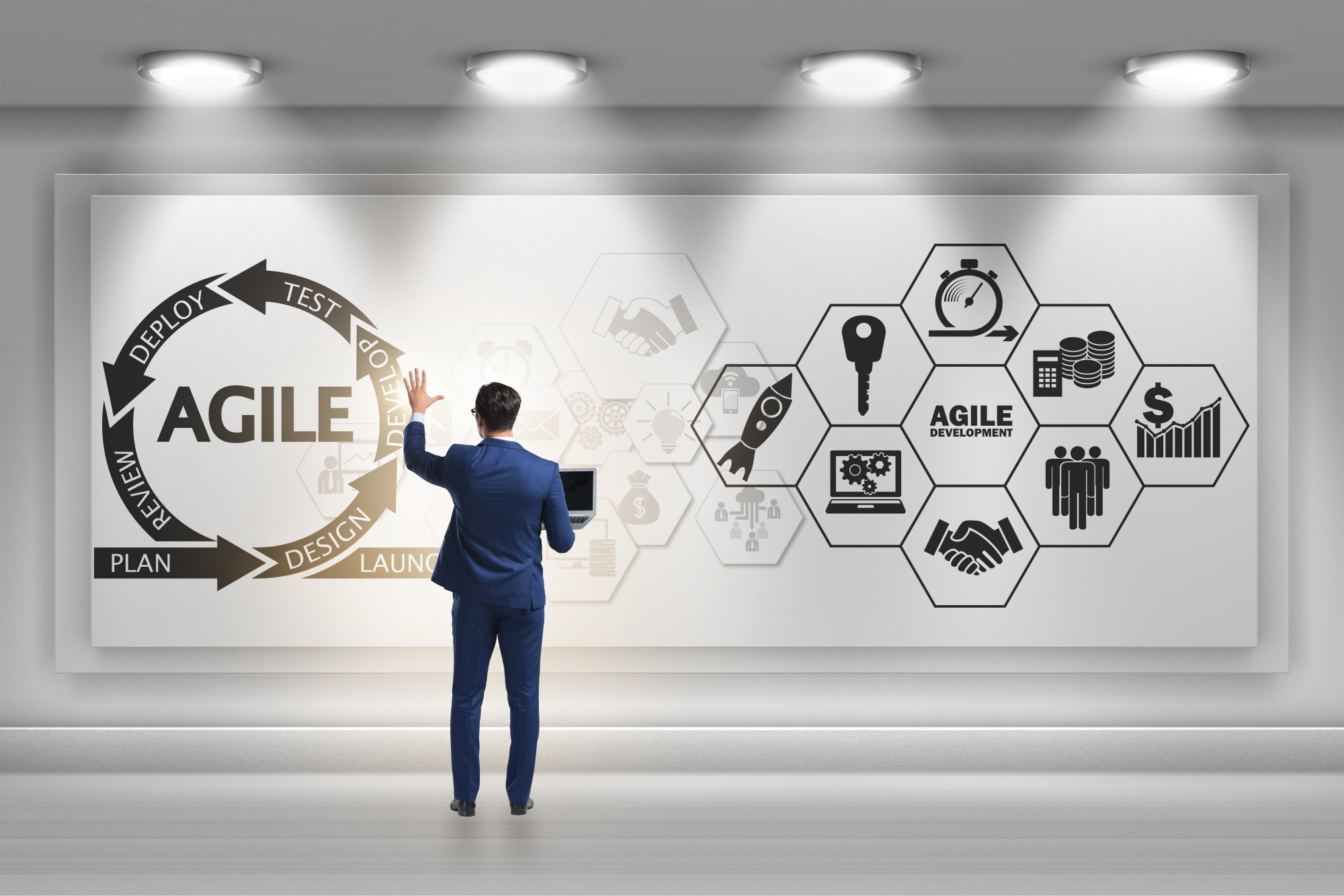Everything You Need to Know About Lean-Agile Methodology in Business
Are you a small business owner looking to increase efficiency while also decreasing costs? If so then you need to consider using the lean and agile frameworks for your product development processes.
Lean and agile came about in different decades and in very different industries. However, in today’s constantly changing business environment both have proven to withstand the test of time. Additionally, industries across the spectrum have been able to incorporate them into their workflow with extreme success.
Lean and agile have several differences. Two key areas where they are in alignment include the fast delivery of a quality product. To do this each methodology has it’s own framework, however, they also work well together as you’ll soon see.
If the lean agile methodology seems confusing to you, don’t worry. We’ve got you covered. Keep reading to learn all about Lean, Agile, and how to incorporate both successfully in your business.
What Is Lean?
The lean methodology was construed in the 1970s within the Toyota automobile industry. Japanese carmakers were starting to compete on the international stage. To keep up with demand, Toyota engineers developed a system to reduce waste, decrease costs, and increase efficiency.
This new methodology was termed Lean and is still used in various industries around the world. If you feel that your business has room for improvement to eliminate redundancy and backlogs then you should consider adopting the Lean methodology.
Lean is an ideology for eliminating waste in your production process. From your backlog to your storage and shipping you need to look at each aspect of your production process. Then work to eliminate any waste so that the entire process is seamless and efficient.
In theory, lean and agile are different approaches. In reality, it’s not a case of lean methodology vs agile, instead, lean is a type of agile practice. Let’s look at what agile is before we jump to how to combine lean and agile.
What Is Agile?
When it comes to product development, agile has been a favorite choice for creating workflows amongst many businesses. The two main tenents of agile are quick delivery of the product and continual testing and feedback.
Traditional work-processes wait until the end of the production to test a product. In the agile method, the product developer will present a minimum viable product to the target demographic or product owner.
They will then get feedback about their product and make changes accordingly. This speeds up production as well as delivery of the new product.
The agile method also aims to break down the silos that are so widespread in many organizations. Cross-functional teams work together to ensure the best product for the client possible. Sales and marketing work together with research and development rather than waiting for one department to finish before finally getting a chance to have any input in the new product.
By doing this, teams can benefit from many different viewpoints and areas of expertise. Assumptions and going back to the drawing board are a thing of the past. In today’s agile framework, quick testing and development mean that products get to the client much sooner than ever before.
The Best Way to Combine Your Lean Agile Methodology
Waterfall and hierarchical organizations are categorically outdated. Today, smart business owners are choosing either Lean, Agile, or some hybrid version of both to tackle project management.
In today’s fast-moving society, it is impossible for any business to know exactly what they’ll be doing in five years, or even in six months. Therefore, being agile and able to pivot quickly is key to being successful these days.
To do this effectively you will take the best from both agile and lean practices. Then create the best lean-agile approach for your specific business. No two businesses are alike, and you won’t be best served by copying someone else’s methodology.
Therefore, it is time to look at the features of both and choose the best ones to implement in your business.
Consider Certification
When it comes to going lean in your business, knowledge really is power. The more you know about the lean-agile methodology the better you can implement it. So, consider a SAFe agilist certification to show your knowledge.
Changing your workflow processes can cause uncertainty and comes with many questions. Change is hard for everyone. And if moving to a lean-agile methodology is a big change from your previous system, then your team could benefit from extra training.
Resist the temptation to only train your office manager or project planner. Everyone on your team needs to be on the same page and know what is expected of them during each sprint.
Additionally, in each project, your team members will have different roles. And, it is a good idea to change the scrum roles and responsibilities with each new project.
Manage Projects Better With Lean and Agile
As your team begins implementing your new lean agile methodology you will see improved productivity and decreased costs. This is the benefit of running an agile business that can pivot when the opportunity presents itself.
So, stop using outdated methods of project planning. And instead, start getting more from your team and decrease costs by incorporating lean and agile methods. You will see reduced redundancy in your production along with increased efficiency and deliver more products faster to the end-user.
With the advantages you will gain from lean and agile product development you will find your company can deliver more products to your clients without increasing work hours or staffing.
For more great information about this and other topics for your small business, check out the rest of our blog.

